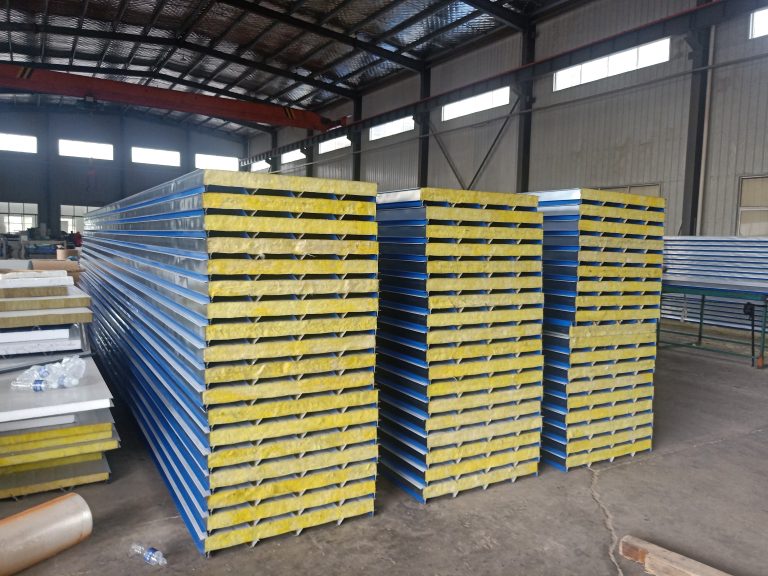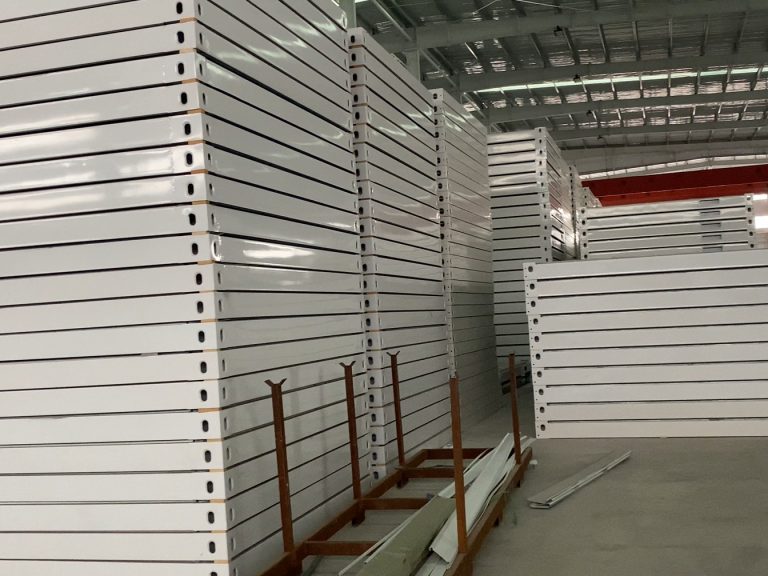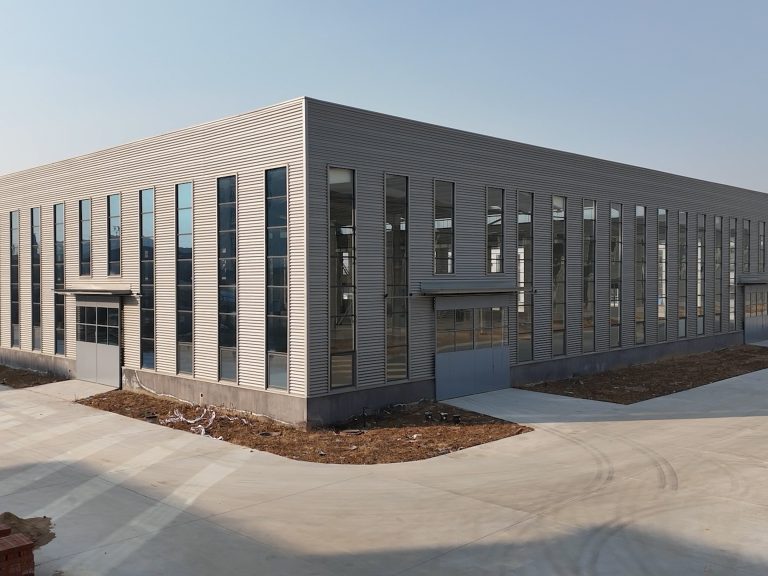Table of Contents
Impact of Extreme Wind Loads on Steel Structures Stability Analysis
Steel structures are commonly used in construction due to their strength, durability, and versatility. However, these structures are not immune to the forces of nature, particularly extreme weather conditions such as high winds. The impact of extreme wind loads on steel structures can be significant, potentially leading to structural instability and failure if not properly analyzed and designed for.
One of the key factors in assessing the stability of a steel structure under extreme wind loads is the structural analysis. This involves evaluating the forces acting on the structure, as well as the response of the structure to these forces. By conducting a thorough stability analysis, engineers can determine whether the structure is capable of withstanding the wind loads it will be subjected to.
In order to analyze the stability of a steel structure under extreme wind loads, engineers typically use computer-aided design (CAD) software and finite element analysis (FEA) techniques. These tools allow engineers to simulate the behavior of the structure under different wind conditions, and to identify any potential areas of weakness or instability.
One of the key considerations in stability analysis is the wind load itself. Wind loads are typically calculated based on the local wind speed, the size and shape of the structure, and the terrain around the structure. By accurately calculating the wind load, engineers can determine the forces that will be acting on the structure and design it accordingly.
Another important factor in stability analysis is the structural design of the steel structure itself. This includes the size and shape of the members, the connections between members, and the overall configuration of the structure. By designing the structure to be strong and stable, engineers can ensure that it will be able to withstand the forces of extreme wind loads.

In addition to structural design, engineers also consider the materials used in the construction of the steel structure. High-strength steel is often used in construction due to its ability to withstand high loads and its resistance to corrosion. By using high-quality materials, engineers can ensure that the structure will be able to withstand extreme weather conditions.
Once the stability analysis is complete, engineers can make any necessary adjustments to the design of the steel structure to ensure its stability under extreme wind loads. This may involve reinforcing certain areas of the structure, changing the configuration of the members, or adding additional bracing or supports.
In conclusion, the stability analysis of a steel structure under extreme weather conditions is a critical step in the design and construction process. By accurately assessing the forces acting on the structure, designing it to be strong and stable, and using high-quality materials, engineers can ensure that the structure will be able to withstand the forces of nature. Through careful analysis and design, steel structures can be made to be resilient and durable, even in the face of extreme wind loads.
Effects of Extreme Temperature Changes on Steel Structures Stability Analysis
Steel structures are commonly used in construction due to their strength, durability, and versatility. However, these structures are not immune to the effects of extreme weather conditions, such as temperature changes. In this article, we will explore the stability analysis of steel structures under extreme weather conditions, specifically focusing on the impact of temperature changes.
Extreme temperature changes can have a significant impact on the stability of steel structures. When exposed to high temperatures, steel can expand, leading to thermal stresses that can compromise the structural integrity of the building. On the other hand, exposure to low temperatures can cause steel to contract, which can also result in stress and deformation.
To assess the stability of steel structures under extreme temperature conditions, engineers use a variety of analytical techniques. One common method is finite element analysis, which involves dividing the structure into smaller elements and analyzing the behavior of each element under different temperature conditions. This allows engineers to predict how the structure will respond to temperature changes and identify potential areas of concern.
In addition to finite element analysis, engineers also consider the material properties of the steel used in the structure. Different types of steel have different thermal expansion coefficients, which can impact how the structure responds to temperature changes. By selecting the appropriate type of steel and accounting for its thermal properties, engineers can design structures that are more resilient to extreme temperature conditions.
Another important factor to consider in stability analysis is the design of the connections between steel elements. Connections play a critical role in transferring loads between different parts of the structure and must be able to accommodate the thermal expansion and contraction of the steel. Engineers must carefully design connections to ensure that they can withstand the stresses induced by temperature changes without compromising the overall stability of the structure.
In addition to analyzing the stability of steel structures under extreme temperature conditions, engineers also consider the effects of other environmental factors, such as wind and seismic loads. These factors can interact with temperature changes to further impact the stability of the structure. By taking a holistic approach to stability analysis, engineers can design structures that are able to withstand a wide range of environmental conditions.
In conclusion, the stability analysis of steel structures under extreme weather conditions is a complex and multifaceted process that requires careful consideration of a variety of factors. By using analytical techniques such as finite element analysis and considering the material properties of the steel, engineers can design structures that are more resilient to temperature changes. Additionally, the design of connections and consideration of other environmental factors are crucial in ensuring the overall stability of the structure. By taking a comprehensive approach to stability analysis, engineers can create steel structures that are able to withstand the challenges posed by extreme weather conditions.





